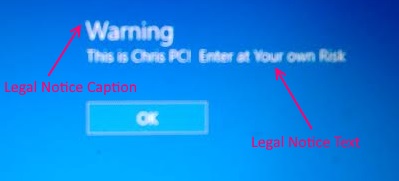

You should enable auto login only when you are confident that you are the sole user of your PC. If you think there is nothing confidential or sensitive stored on your desktop/laptop, you may consider setting up the auto login in your operating system. In our today’s “How to” guide, we will make you learn how to enable Windows 10 auto login. If you’re one of those, you have come to the right place. Login screen in Windows 10 has been repeatedly called troublesome by several Microsoft users. Smart card authentication with the Client for Open Enterprise, NESCM, and Disconnected Workstation Only mode is not supported.Does it irritate you to type your user account and password every time you turn on your desktop/laptop? If yes, then why not skip it? However, the Client requires other details (tree, server, context, and so forth) that are available only if the user was the last smart card user to log in to the client. During single sign-on, the ZENworks PBA passes the PIN to the Client. When using smart card authentication with the Client for Open Enterprise, NESCM (Novell Enhanced Smart Card Method) and DLU, the user needs to be the last user to have logged in to the Client. However, the Client requires other details (tree, server, context, and so forth) that are available only if the user has populated the details during a previous log in. During single sign-on, the ZENworks PBA passes the user ID and password to the Client for Open Enterprise. When using user ID/password authentication with the Client for Open Enterprise and DLU, the user needs to log in to the Client for Open Enterprise once before single sign-on will work. Novell Client 2 SP3 IR5 or later is required on Windows 7/8/10.


 0 kommentar(er)
0 kommentar(er)
